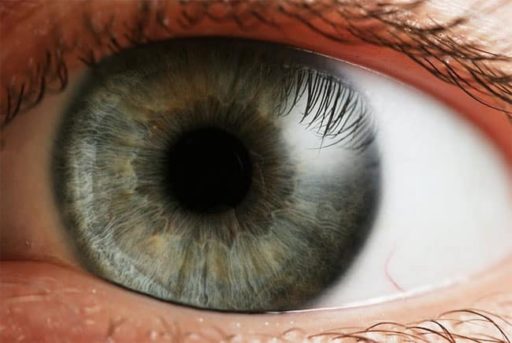In a new study by scientists and researchers using newly developed X-ray technology, the Mona Lisa was scanned to discover the exact methods in which it’s creater da Vinci was able to create such masterpieces. Although the famous smile still remains an enigma, the researchers have discovered that da Vinci used a well known renaissance painting technique known as sfumato.
For the non art historians among us, Sfumato is the mixing of thin layers of pigment, glaze, and oil to create lifelike shadows. The difference with Da Vinci was just how intricate his layers were. Apparently, Da Vinci used 30 layers of paint that amazingly only added 40 micromemters of paint—that’s half the width of a human hair.
The X-ray fluorescence spectrometry used was noninvasive and allowed scientists to see each layer of paint. It’s a tool that’s so precise that it can determine the mix of pigments used by an artist. Philippe Walter, the man who X-rayed Mona Lisa:
In the case of “Mona Lisa”, Leonardo da Vinci used a mixture of maybe oil and resins, a binder with a very low amount of pigments. And with this mixture it was possible to create a very impressive aspect of the painting – a realistic, like a 3-D painting.”
But even with that fancy x-ray, scientists still say that finding brushstrokes on the Mona Lisa is impossible. No word on how hard it is to find hidden messages though.
Source: Gizmodo.




